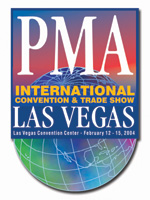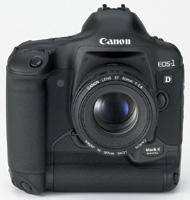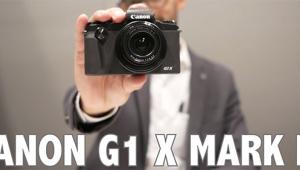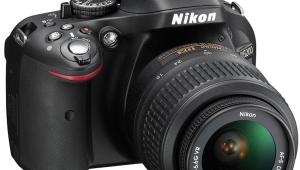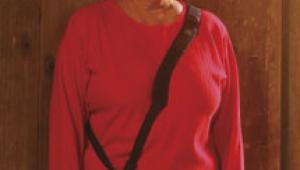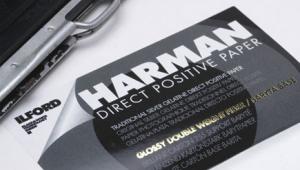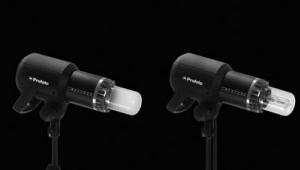Digital SLRs
...And Other Denizens Of The Digital Realm
It may surprise some readers to discover that the CCD was invented at Bell Labs in 1969, a fine year for wine, songs, and cars--think of the awesome Plymouth Road Runner. CMOS is a little older, having been developed in 1948. While curmudgeonly writers and editors patiently wait for this technology to be perfected, much as my 83-year-old Dad is still waiting for color television to finally "be perfected," the rest of us have moved on, including a recharged and revitalized Konica Minolta. |
|
KM's Digital
SLR...Coming Soon |
|
Leica Digiback |
|
14Mp Kodak SLR |
|
Nikon's D70 |
|
Fuji Under Glass |
|
Canon Mark II |
|
EVF Finders Glimpses Of What (Might)
Be Ahead |
